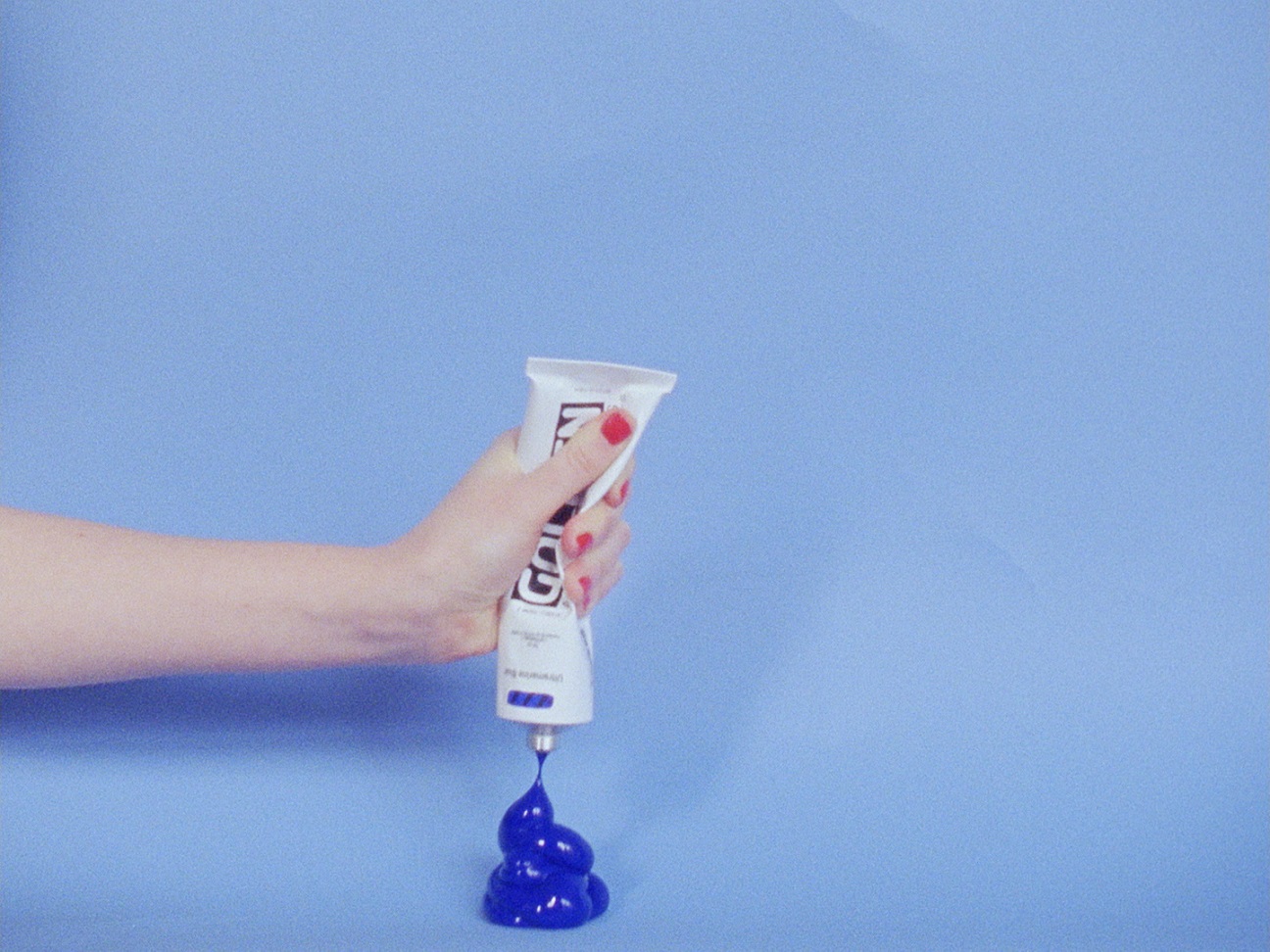
Meet us at the NAIDOC Festival Marquee in the Great Court for a conversation with members of the international collective Ensayos. Caitlin Franzman will chair a discussion with Ngugi women Freja Carmichael and Sonja Carmichael, both belonging to the Quandamooka people.
They will discuss their work with the collective, the connections between international wetlands and the importance of matrilineal knowledges and practices in caring for Country.
________________________
Ensayos is a collective research practice centred on de-extinction, multispecies dialogues, coastal health and peatland protection. Initiated on the archipelago of Tierra del Fuego in 2010, Ensayos (meaning “inquiries”, “essays” or “rehearsals” in English) first focused solely on the ecopolitical issues impacting the Fuegian archipelago and its inhabitants–past and present, human and nonhuman. Now, other archipelagos have come into view, with research “pods” growing in Norway, New York and Australia.
The mission of Ensayos is to do eco-cultural conservation work in Tierra del Fuego and other archipelagos through collaborative art, science and community projects in partnership with existing ecological and cultural conservation initiatives. On the main isle of Tierra del Fuego, WCS Parque Karukinka, Caleta María, and Hach Saye are foundational collaborators.
Sonja Carmichael is a Ngugi women belonging to the Quandamooka people. Sonja works specifically in the medium of fibre basketry and woven sculptures. She recently completed a Master of Philosophy in Art History at UQ. An active member in her community, Sonja is a leader in the regeneration of Quandamooka weaving, passing on cultural knowledge and skills through workshops, exhibitions, and research. She has shown in many group exhibitions and her work is held in collections at the National Museum of Australia, National Gallery of Australia, National Gallery of Victoria, Art Gallery of South Australia, Queensland Art Gallery, Museum of Brisbane, Queensland University of Technology and Redland Art Gallery.
Freja Carmichael is a Ngugi woman belonging to the Quandamooka People of Moreton Bay. She is a curator, arts worker and writer dedicating her work to collaborative curatorial approaches and promoting and documenting First Peoples fibre practices. Freja is currently undertaking a PhD with the University of Queensland and is curator of long water: fibre stories (2020-2022), Institute of Modern Art national touring exhibition and co-curator of The National 4: Australian Art Now with Carriageworks.
Caitlin Franzmann is a Brisbane-based artist who creates installations and participatory experiences that focus on embodied knowledge and practices of care. She has exhibited nationally and internationally, including at the Museum of Contemporary Art, National Gallery of Victoria, New Museum in New York, and Kyoto Art Centre. She was a member of the feminist art collective LEVEL from 2013-2017, co-curating exhibitions and forums with a focus on generating dialogue around gender, feminism and contemporary art. She is currently a member of Ensayos, an international collective research practice centered on eco-cultural conservation work and interdisciplinary collaboration.
________________________
Image credit: Christy Gast and Agustine Zegers, will-o'-the-wisp (damp) and will-o'-the-wisp (rich) 2022, uranium glass, glass, rubber, scents. Image courtesy of Christy Gast.
About Ultramarine Conversations

Free events
Ultramarine Conversations presents guest speakers from a diverse range of fields and practices. Through a series of talks and panel discussions they will take you into the watery spaces of our planet, exploring biodiverse environments, human and non-human habitats, and the varied and complex place of the ocean in global cultures.
Ultramarine was originally mined in the Hindu Kush mountains of what is now known as Afghanistan. During the early Renaissance period it became the most prized and expensive colour to paint with. The word comes from the medieval Latin word ultramarinus: "beyond the sea".
The series is presented as part of Blue Assembly.

